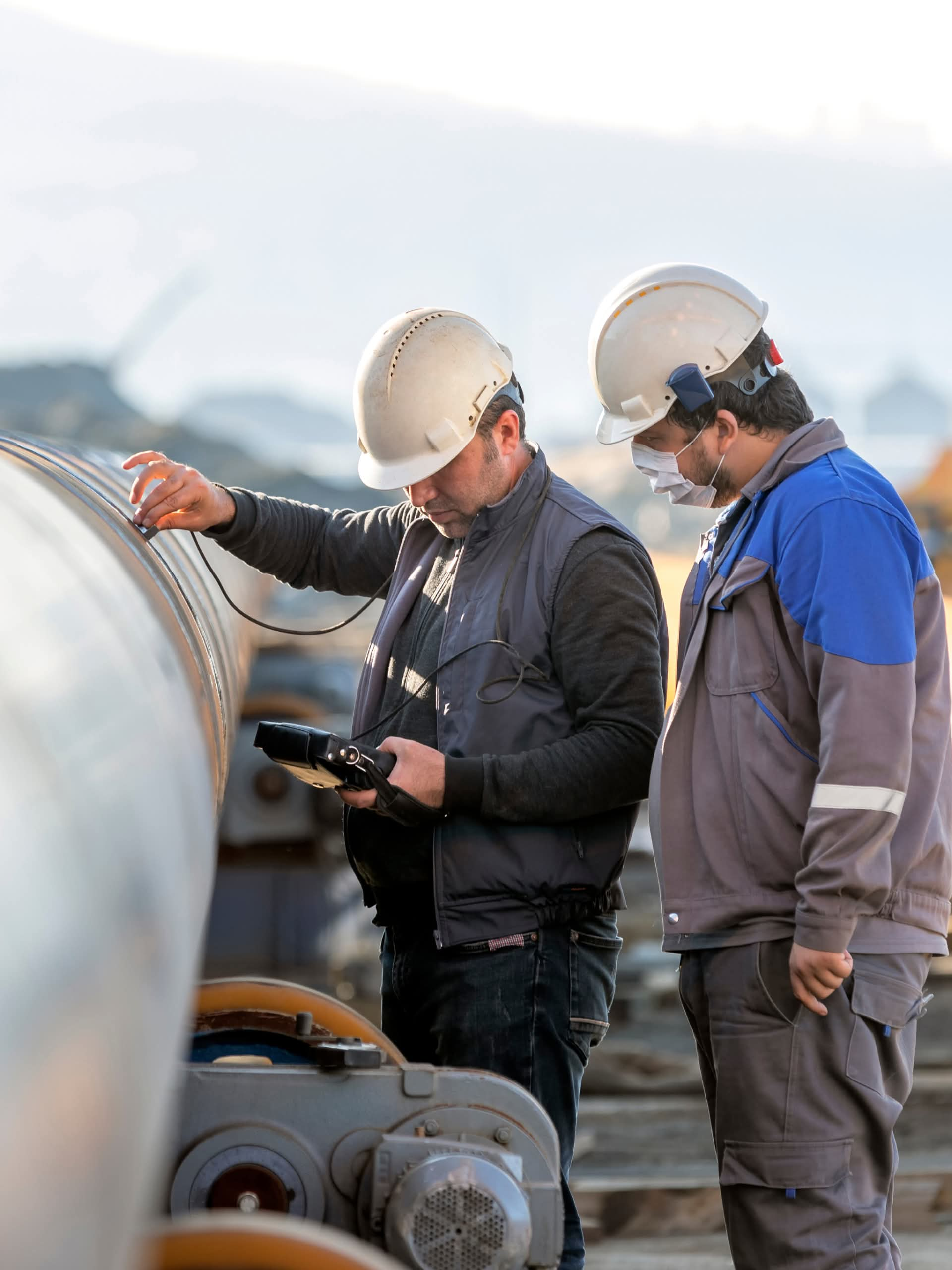Carbon Management 101
What is Carbon Management?
Carbon management encompasses a range of technologies that capture carbon emissions from facilities or the atmosphere and transport them for permanent storage or reuse.
Carbon capture, removal, transport, reuse, and storage technologies, commonly referred to as carbon management, are a portfolio of safe, effective, and increasingly cost-effective emissions technologies to manage, abate, and remove carbon dioxide and carbon oxide emissions from industrial facilities, power plants, and directly from the air. Captured carbon is then reused to make valuable products or transported to appropriate sites for geologic storage.
Carbon management technologies create and protect family-sustaining jobs while positioning America’s industrial, energy, and manufacturing sectors for global leadership in achieving net-zero emissions.
These proven, safe technologies, backed by over 50 years of commercial experience, offer a critical pathway for decarbonizing heavy industry, power generation, and manufacturing without forcing plant closures or losing jobs. With bipartisan federal support through enhanced 45Q tax credits and complementary policies, carbon management can generate thousands of high-wage construction, engineering, and operations jobs while improving local air quality by reducing co-pollutants.
Given the need for carbon management, a clear understanding of this suite of technologies is essential.
How Carbon
Management Works
Carbon management technologies are a portfolio of safe, effective, and increasingly cost-effective emissions technologies to manage, abate, and remove carbon oxide (“carbon”) emissions from industrial facilities, power plants, and directly from the air. Captured carbon is then transported to appropriate sites for geologic storage or reused to make valuable products.
Capture
Carbon capture refers to several technologies that separate carbon from emissions at power and industrial facilities. This technology can be added to existing facilities or built into new ones.

Removal
Carbon dioxide removal directly removes carbon from the atmosphere and includes technologies like direct air capture. Other natural methods aim to increase carbon storage in natural spaces, like forests and the ocean.

Transport
Carbon is compressed and transported for geologic storage or reuse. Over 5,000 miles of carbon pipelines reliably operate in the US, and trucks can also transport carbon short distances.

Reuse
Carbon reuse occurs when carbon is used as a building block to produce lower carbon-intensive fuels, chemicals, materials, or products such as concrete.

Storage
Safe, permanent storage of captured carbon occurs in deep geologic formations or by injecting captured carbon in oil and gas fields to produce additional oil.

Carbon management is an essential tool in our energy toolkit



Bite-Sized Blueprints
Highlighting key topics in carbon management.
Carbon Management Introduction
Presents an overview of the value chain for these technologies.
Labor and Workforce
Deploying carbon management will support domestic jobs that form the backbone of regional economies in almost every state.
Community Benefits
Centering carbon management deployment around community engagement will ensure the benefits flow to the people who host and operate these projects.
Policy & Legislation
Learn how we advance bipartisan federal policies to accelerate carbon management deployment and create jobs nationwide.